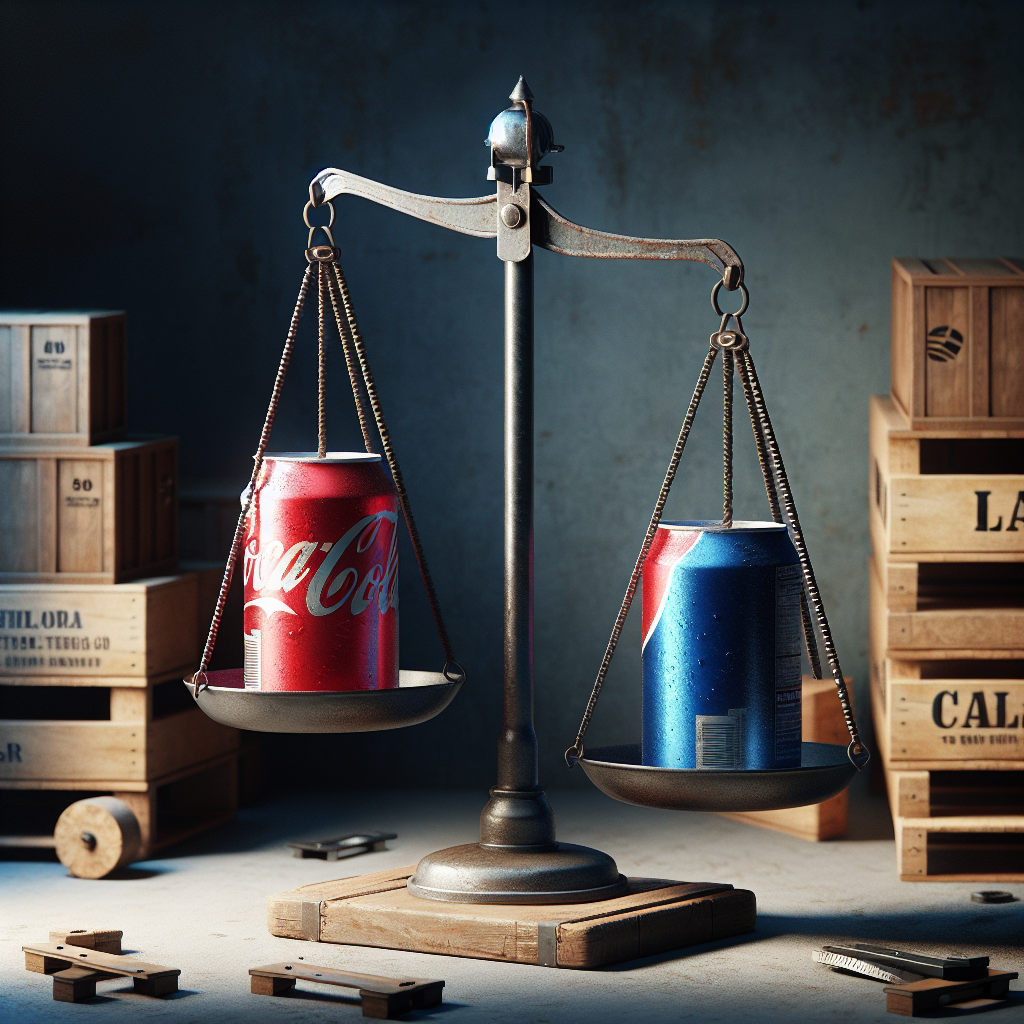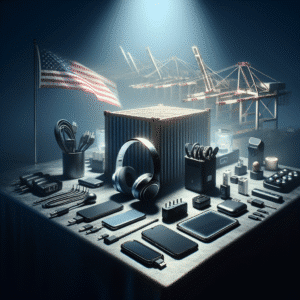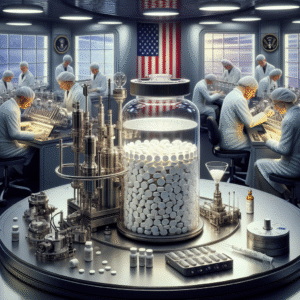The Trump Tariffs Are Tilting the Scales in the Coke vs. Pepsi Battle
In the fiercely competitive world of soft drinks, two titans stand tall: Coca-Cola and PepsiCo. For decades, these two brands have battled for market supremacy, each vying to win over consumers with innovative marketing strategies and a diverse product range. However, recent developments surrounding the Trump administration’s tariff policies have introduced a new variable into this long-standing rivalry. As the trade landscape shifts, the impact of these tariffs on the Coca-Cola and PepsiCo dynamic is becoming increasingly evident.
Understanding the Tariffs
In 2018, the Trump administration initiated a series of tariffs aimed at various industries, including aluminum and steel. These tariffs were designed to protect American manufacturing by increasing costs for foreign imports. While the intention was to bolster domestic production, the repercussions have been felt across multiple sectors, including the beverage industry.
The tariffs have elevated the costs associated with aluminum, a primary material used in beverage cans. Both Coca-Cola and PepsiCo rely heavily on aluminum cans to package their products, which makes them particularly vulnerable to price fluctuations caused by tariffs. As a result, both companies are faced with the challenging decision of how to manage increased production costs without alienating consumers.
The Impact on Coca-Cola and PepsiCo
The imposition of tariffs has created a ripple effect within the beverage market, leading to a range of consequences for both Coca-Cola and PepsiCo. Here’s a breakdown of how these tariffs are influencing their strategies:
1. Cost Management: Both companies are grappling with rising production costs. Coca-Cola has announced plans to implement price increases in response to the tariffs, while PepsiCo has focused on optimizing its supply chain to mitigate the financial impact.
2. Product Diversification: PepsiCo has taken a proactive approach by diversifying its product range beyond sugary drinks. With the rising health consciousness among consumers, PepsiCo has invested in healthier options such as snacks and nutrient-rich beverages. This diversification reduces its reliance on traditional carbonated drinks and may cushion the impact of tariff-induced costs.
3. Consumer Behavior: Tariffs can influence consumer behavior, as higher prices may push consumers to seek more affordable alternatives. Coca-Cola and PepsiCo must navigate this landscape carefully, balancing pricing strategies while maintaining brand loyalty.
4. International Markets: While both companies are heavily invested in the U.S. market, they also have significant international operations. Fluctuations in global trade policies can create opportunities for expansion or challenges in existing markets, further complicating their strategies.
Competitive Responses
As Coca-Cola and PepsiCo respond to the pressures brought on by tariffs, their competitive strategies are evolving. Here are some specific tactics each company is using:
– Coca-Cola:
– Price Increases: Coca-Cola has opted to raise prices on certain products to offset rising costs. While this strategy may maintain profit margins, it risks pushing price-sensitive consumers toward competitors.
– Marketing Campaigns: Coca-Cola is ramping up its marketing efforts to reinforce brand loyalty amid changing prices. Engaging consumers through social media and public events is a critical strategy to maintain market presence.
– PepsiCo:
– Cost-Cutting Measures: PepsiCo has implemented cost-cutting measures across its operations, seeking efficiencies to help absorb the impact of tariffs.
– Innovation and Sustainability: PepsiCo has introduced a series of new products, focusing on health-oriented alternatives and sustainable packaging, appealing to environmentally conscious consumers.
The Future Landscape of the Beverage Industry
The long-term impact of the Trump tariffs on the Coca-Cola and PepsiCo rivalry is still unfolding. It is essential to consider how these companies will navigate the changing landscape as they adapt to tariff-induced pressures. Here are some potential developments to watch for:
1. Innovation Focus: Both companies may continue to invest heavily in innovation to develop new products that cater to evolving consumer preferences. Emphasis on health, wellness, and sustainability will likely shape the future of their product lines.
2. Global Supply Chains: Coca-Cola and PepsiCo may need to reassess their global supply chains to lessen dependence on materials affected by tariffs. This could involve sourcing raw materials from different regions or investing in alternative packaging solutions.
3. Regulatory Changes: Changes in U.S. trade policy under future administrations may lead to adjustments in tariff rates, impacting how Coca-Cola and PepsiCo plan their strategies. Companies will need to remain agile, responding proactively to changes in the regulatory environment.
4. Consumer Loyalty: With the potential for fluctuating prices, both companies must work tirelessly to maintain consumer loyalty. Building strong emotional connections with their brands will be crucial in retaining market share amid challenges.
Conclusion
In summary, the Trump tariffs have introduced significant challenges for Coca-Cola and PepsiCo as they navigate the complexities of rising production costs in an already competitive market. While both companies are employing various strategies to mitigate the impact, the outcome of this rivalry remains uncertain. As they adapt to changing consumer behaviors and explore innovative products, their ability to maintain market leadership will ultimately depend on how effectively they respond to the evolving landscape shaped by tariffs and trade policies.
The Coke vs. Pepsi battle continues, but the influence of tariffs adds a new layer of complexity to this ongoing saga, and only time will reveal the true victor in this age-old competition.



